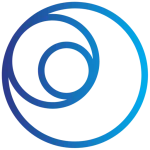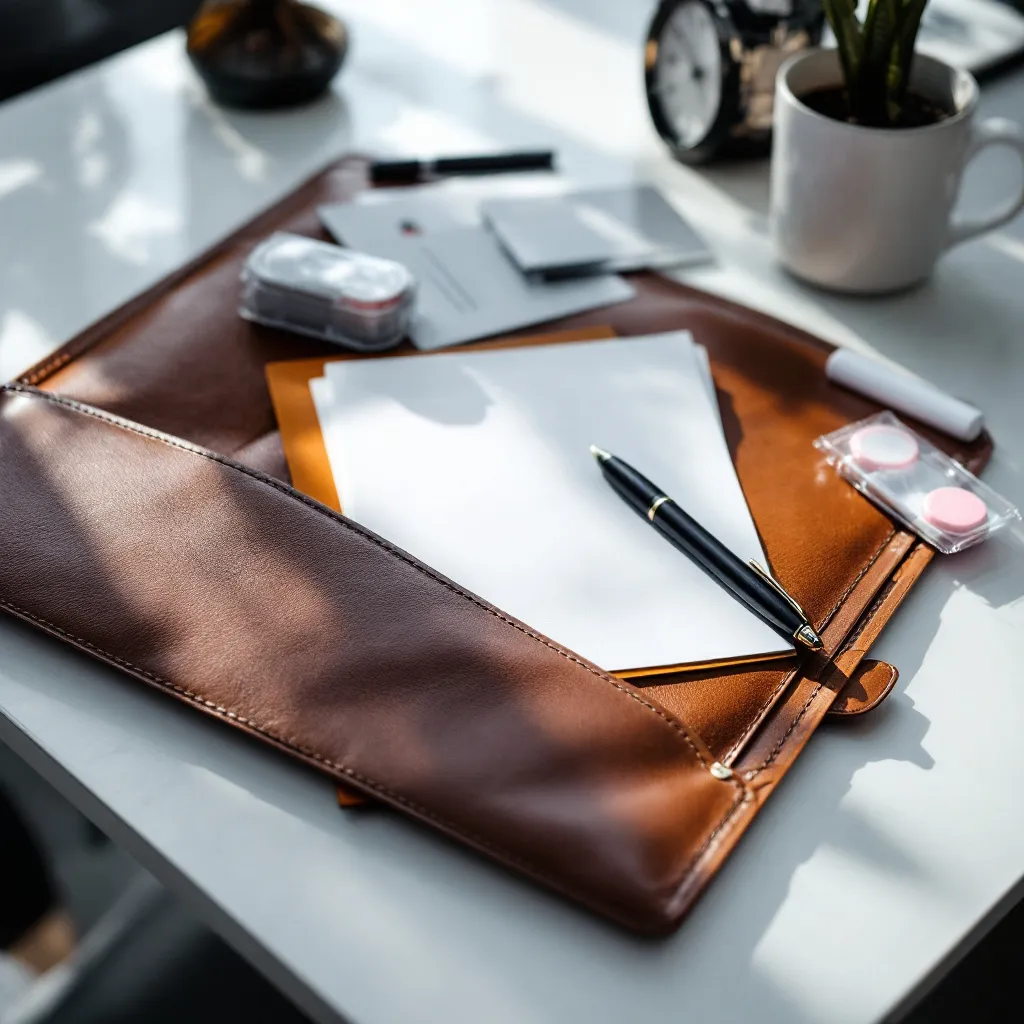Interviews can make or break your career opportunities. Whether you’re a recent graduate or seasoned professional, mastering the art of interviewing is essential in today’s competitive job market. This guide provides proven strategies to help you stand out and secure that job offer.
Strategic Pre-Interview Preparation
The foundation of any successful interview begins well before you walk through the door. Research shows that nearly half of candidates fail interviews due to insufficient company knowledge.
Company Research Techniques
Start by thoroughly investigating the organization you’re interviewing with. Visit their website, focusing on their mission statement, recent news, and leadership profiles. According to a CareerVillage Guide, candidates who demonstrate knowledge of company achievements are 60% more likely to progress to the next round.
Prepare 3-5 thoughtful questions that showcase your understanding of their business challenges and how you might contribute to solutions. This preparation demonstrates genuine interest and helps you determine if the company is right for you.
Position-Specific Preparation
Deconstruct the job description to identify critical skills the employer is seeking. For each key requirement, prepare a specific example from your experience that demonstrates your capability in that area.
Develop 3-5 stories using the STAR framework (Situation, Task, Action, Result) that highlight your achievements. For example:
“When our team faced a deadline crisis (Situation), I was tasked with reorganizing our workflow (Task). I implemented a new project management system (Action), which allowed us to deliver on time and under budget (Result).”
This structured approach helps you provide concise, impressive answers to behavioral interview questions that demonstrate your capabilities.
Mastering Interview Body Language
Non-verbal communication accounts for up to 55% of the impression you make. Your body language can either reinforce or undermine your verbal responses.
Creating a Powerful First Impression
Arrive 10-15 minutes early to compose yourself. This buffer time allows you to observe the workplace environment and calm pre-interview nerves. According to Optim Careers Guide, a confident entrance sets a positive tone for the entire interview.
Perfect your handshake—firm but not overpowering—while maintaining appropriate eye contact. Research shows that proper handshakes significantly influence interviewer perceptions of your competence and confidence.
While casual clothes to wear to an interview may be appropriate for some companies, generally dress one level above the company’s standard attire. This signals respect and professionalism regardless of the organization’s dress code.
Maintaining Engagement Throughout
Experts at Aerotek recommend maintaining a 70/30 listening-to-speaking ratio to ensure you’re engaged without dominating the conversation. Sit upright with shoulders back to project confidence, avoiding crossed arms which can signal defensiveness.
Maintain 60-70% eye contact during responses to balance engagement without intimidation. Subtly mirror the interviewer’s posture and gestures to build rapport naturally, but be careful not to mimic in an obvious way.
Question Response Frameworks
Structured response frameworks significantly increase interview success rates by helping you deliver clear, comprehensive answers.
Handling Challenging Questions
When faced with difficult interview questions and answers, use the pause-reflect-respond technique. Taking a brief moment to gather your thoughts shows thoughtfulness rather than uncertainty.
For questions about weaknesses or failures, apply the experience-learning-growth framework:
“In my previous role, I struggled with delegating tasks (experience). I realized this was limiting team development (learning), so I implemented a structured delegation system that improved team efficiency by 25% (growth).”
This approach demonstrates self-awareness and commitment to improvement.
Demonstrating Cultural Fit
Research company values beforehand and prepare examples that demonstrate alignment. When answering questions about work style or team dynamics, use concrete examples that highlight collaboration and adaptability.
For example, when asked about handling conflicts, you might describe a specific situation using the values-evidence-application framework:
“I believe in addressing conflicts directly but respectfully. When two team members disagreed on project direction, I created a structured discussion format that allowed both perspectives to be heard and evaluated objectively, resulting in a stronger solution.”
This approach showcases your interpersonal skills and problem-solving abilities in a culturally relevant context.
Salary Negotiation Strategies
Research shows that proper salary negotiation can increase starting offers by 7-15%, yet many candidates fail to negotiate effectively.
Research-Based Preparation
Before discussing compensation, research salary ranges for similar positions in your location using resources like Glassdoor and industry reports. ResuFit‘s salary comparison tool can help you understand competitive rates based on your experience level and skills.
Calculate your “walk away” number based on living expenses and career development value. This preparation gives you confidence during negotiation conversations.
Negotiation Conversation Tactics
When responding to offers, use the appreciate-consider-propose framework:
“Thank you for the offer. I’m excited about the opportunity to join the team. Based on my research and experience in lead generation, I was targeting a salary range of $X-$Y. Is there flexibility to adjust the offer?”
Focus on mutual benefit rather than demands, and consider the full compensation package, not just base salary. If salary flexibility is limited, consider requesting alternative benefits like remote work options or professional development opportunities.
Effective Post-Interview Follow-Up
Sending a personalized thank-you note within 24 hours increases hiring chances by 22%, yet only 57% of candidates follow up after interviews.
Crafting Impactful Thank-You Messages
Personalize messages for each interviewer, referencing specific conversation points. According to Indeed Templates, effective thank-you notes follow this structure:
“Thank you for taking the time to discuss the [position] role with me today. I was particularly excited to learn about [specific project or company initiative]. My experience in [relevant skill] aligns well with your team’s goals, and I’m enthusiastic about the possibility of contributing to [company name].”
Keep messages concise (150-200 words) while conveying genuine interest.
Managing the Waiting Period
Establish clear next steps and timeline expectations at the end of the interview. If the expected response date passes, send a polite follow-up:
“I’m still very interested in this opportunity and wondered if you could provide an update on the decision timeline.”
Continue your job search regardless of how well the interview went, and document interview questions and your responses for future improvement.
Conclusion
Mastering interview techniques requires preparation, practice, and strategic execution. By implementing these research-backed strategies for preparation, body language, question responses, and follow-up, you’ll significantly increase your chances of interview success.
Remember that interviewing is a skill that improves with practice. Consider using ResuFit‘s AI Interview Training to practice scenarios with real-time feedback before your next important interview. This preparation can make the difference between just being a candidate and becoming the chosen hire.




















